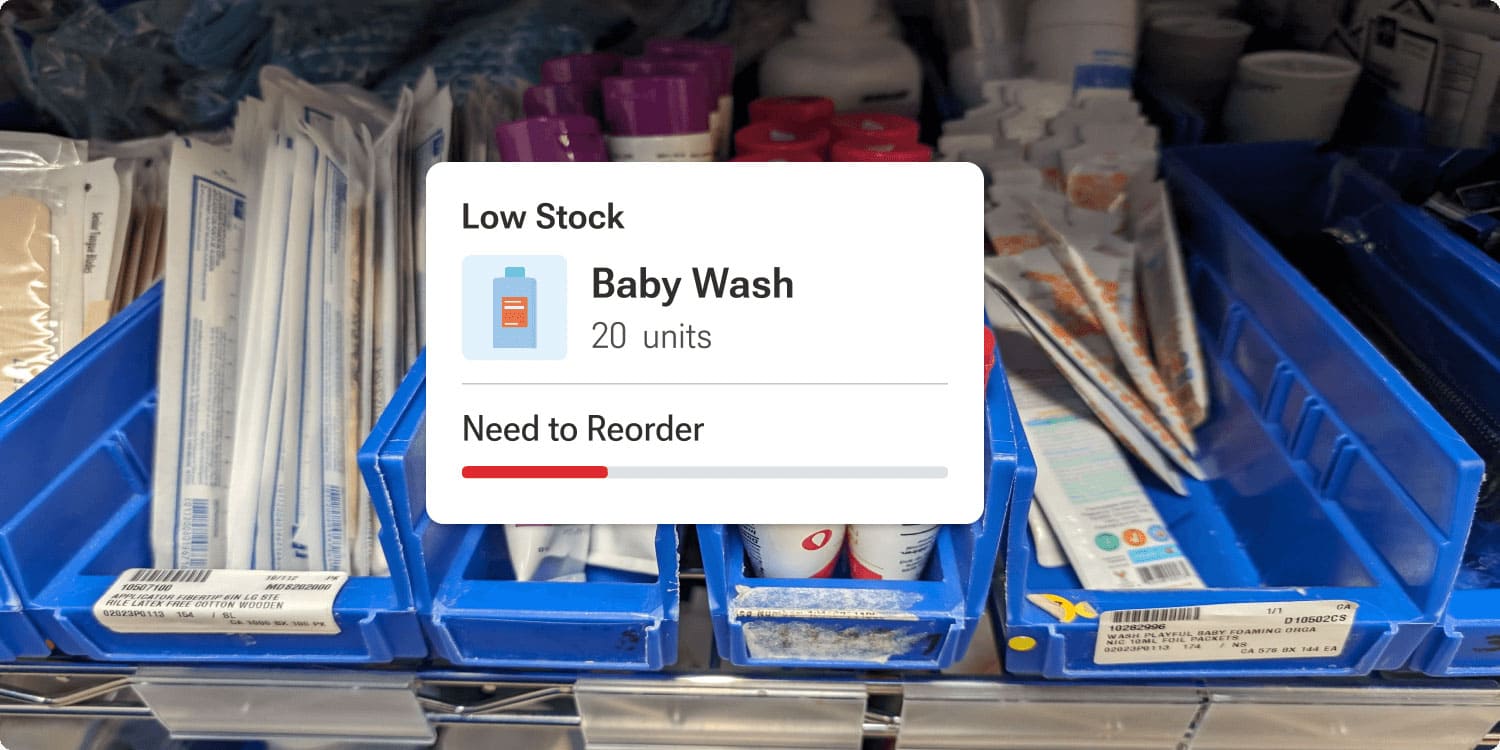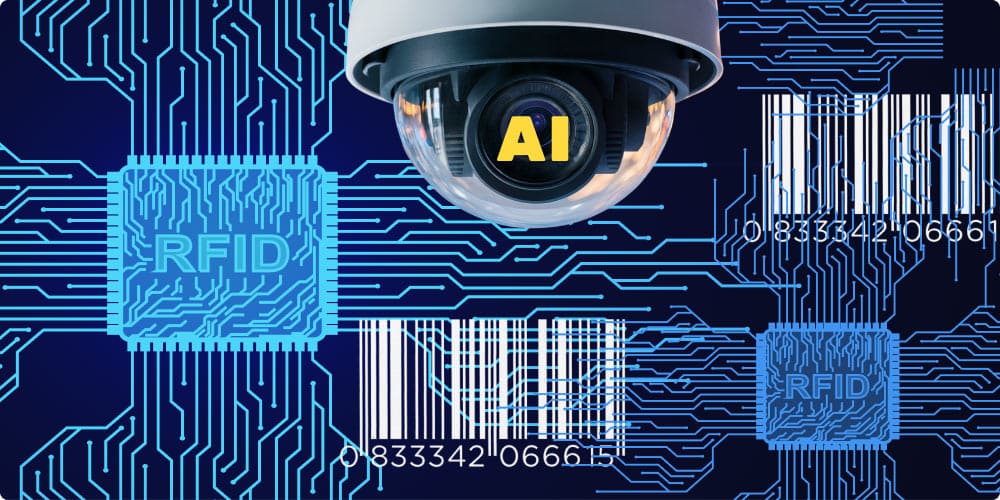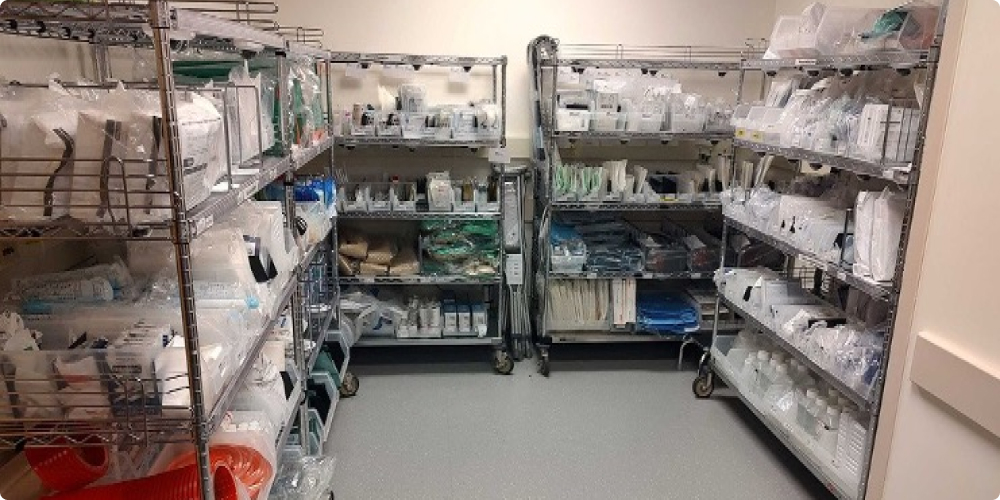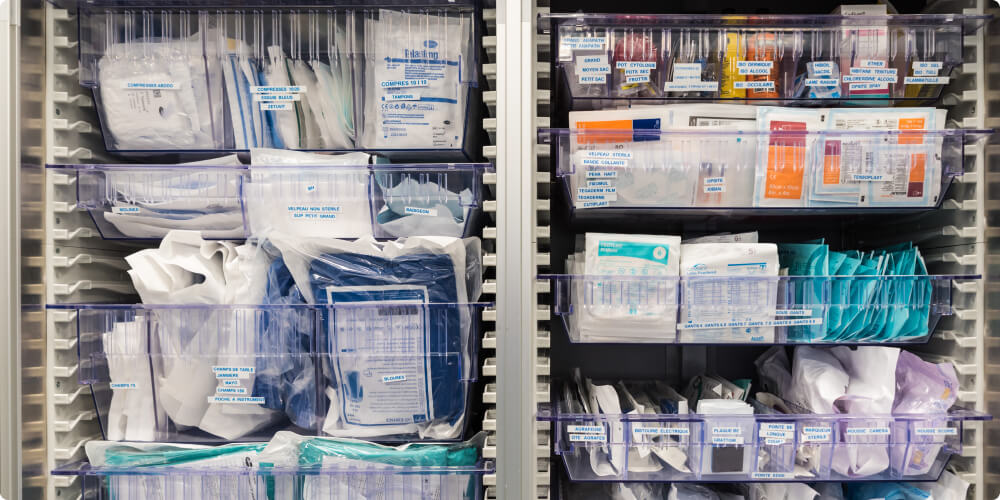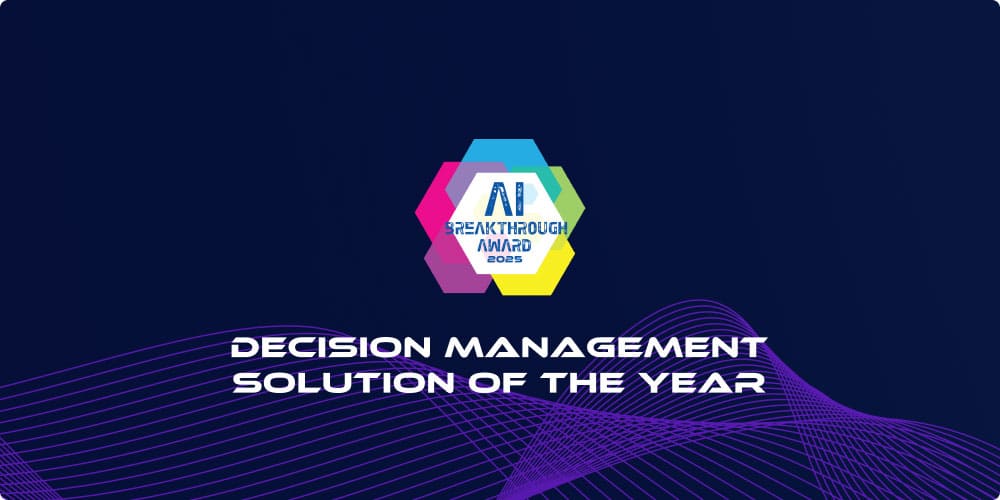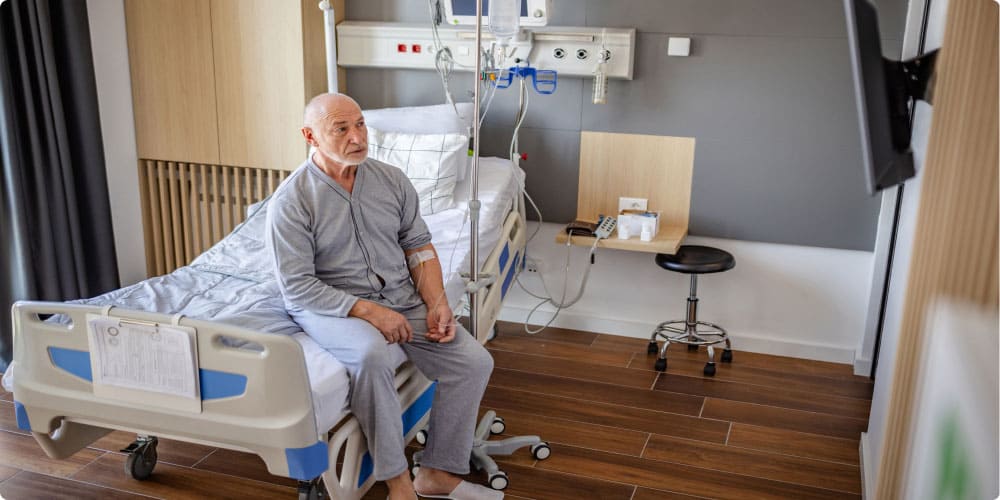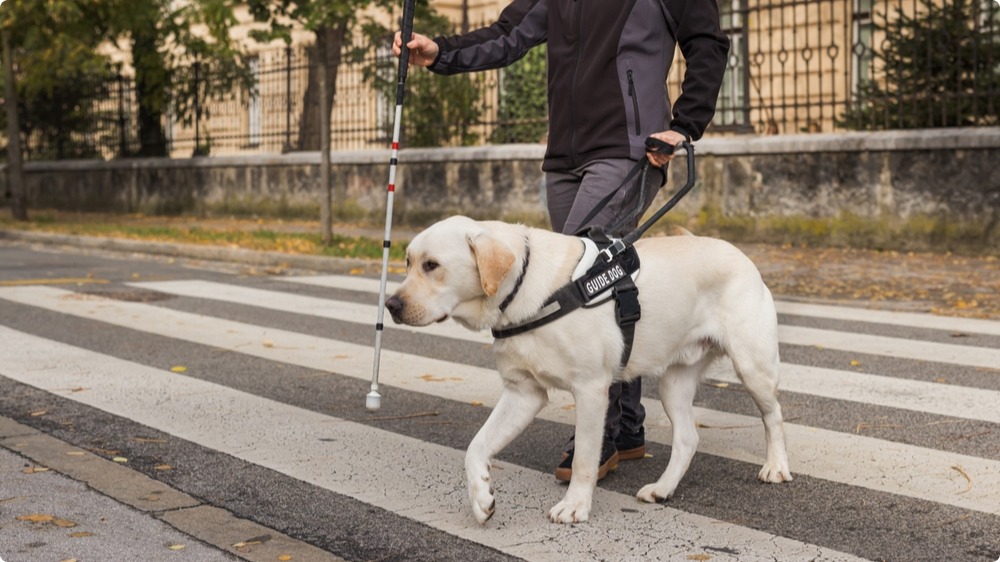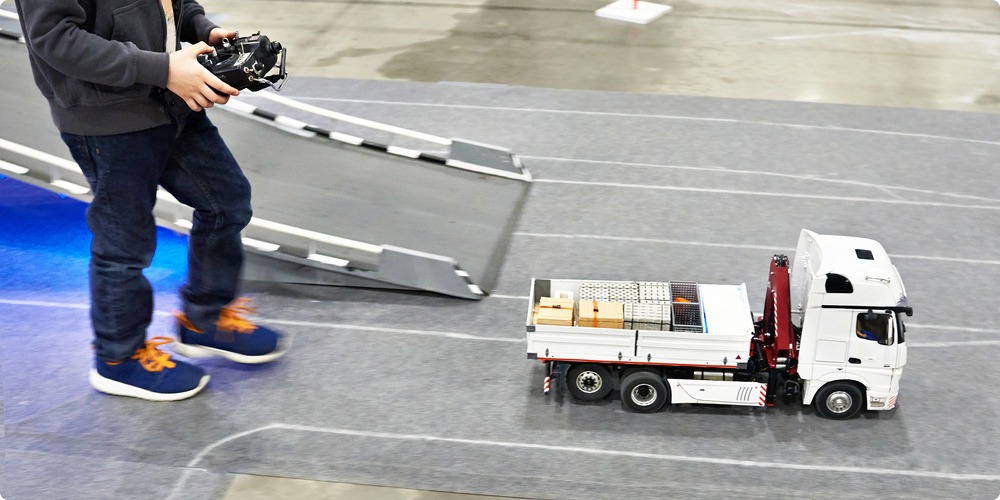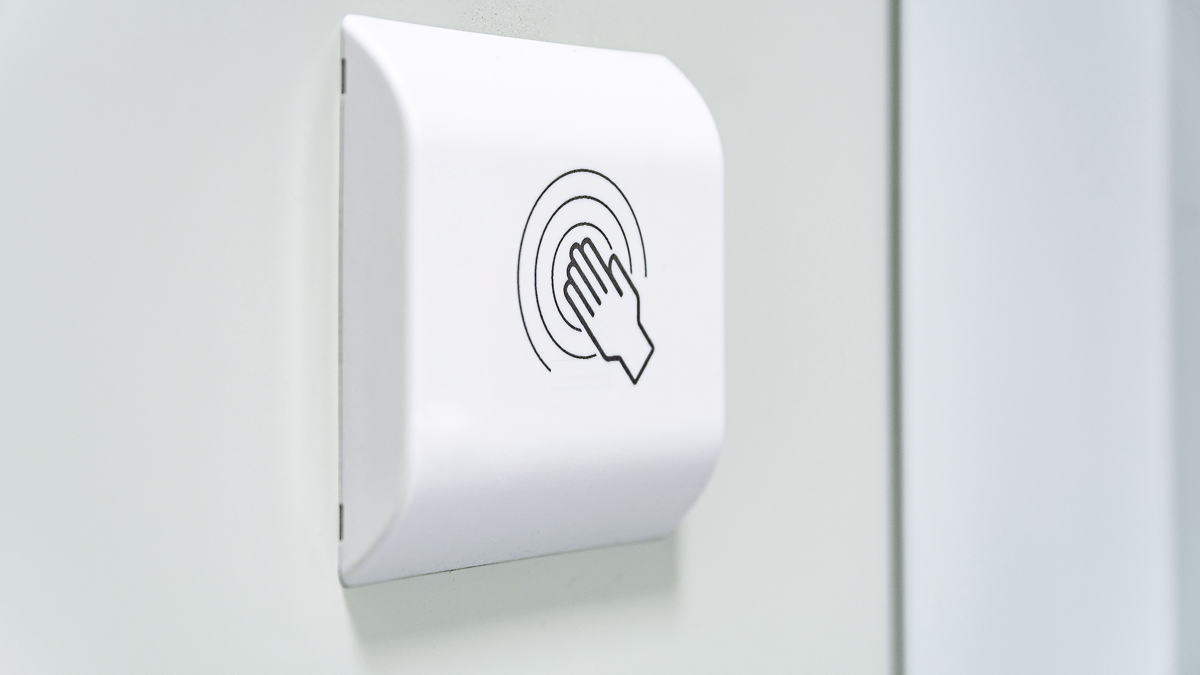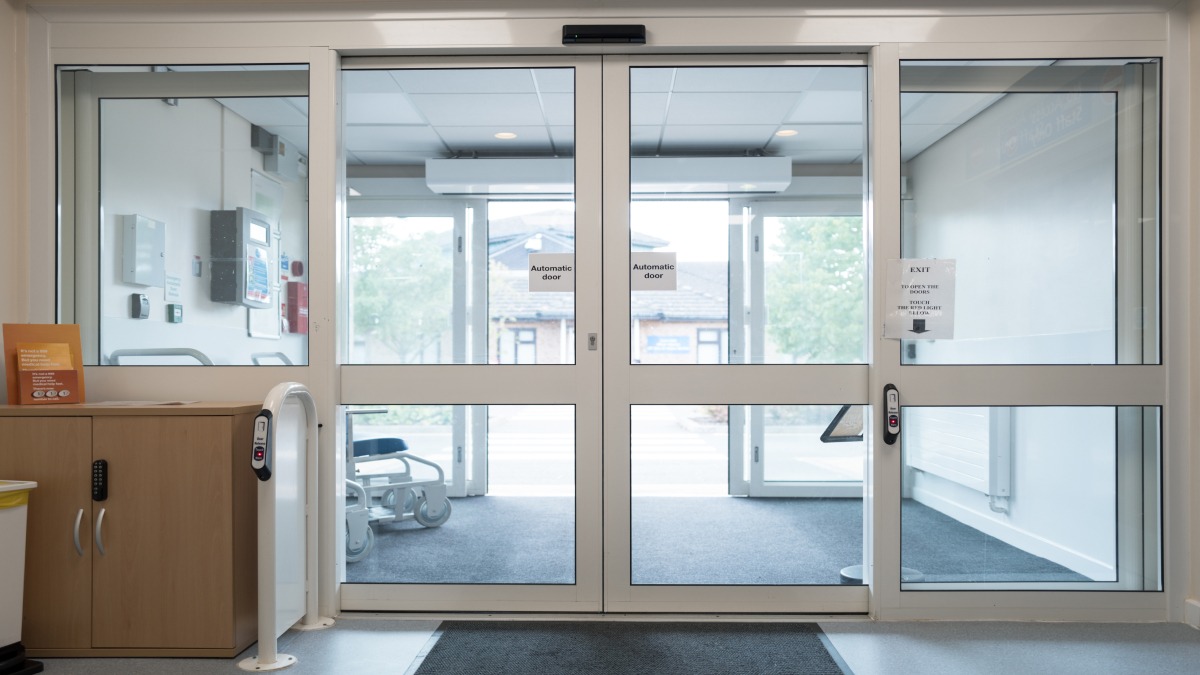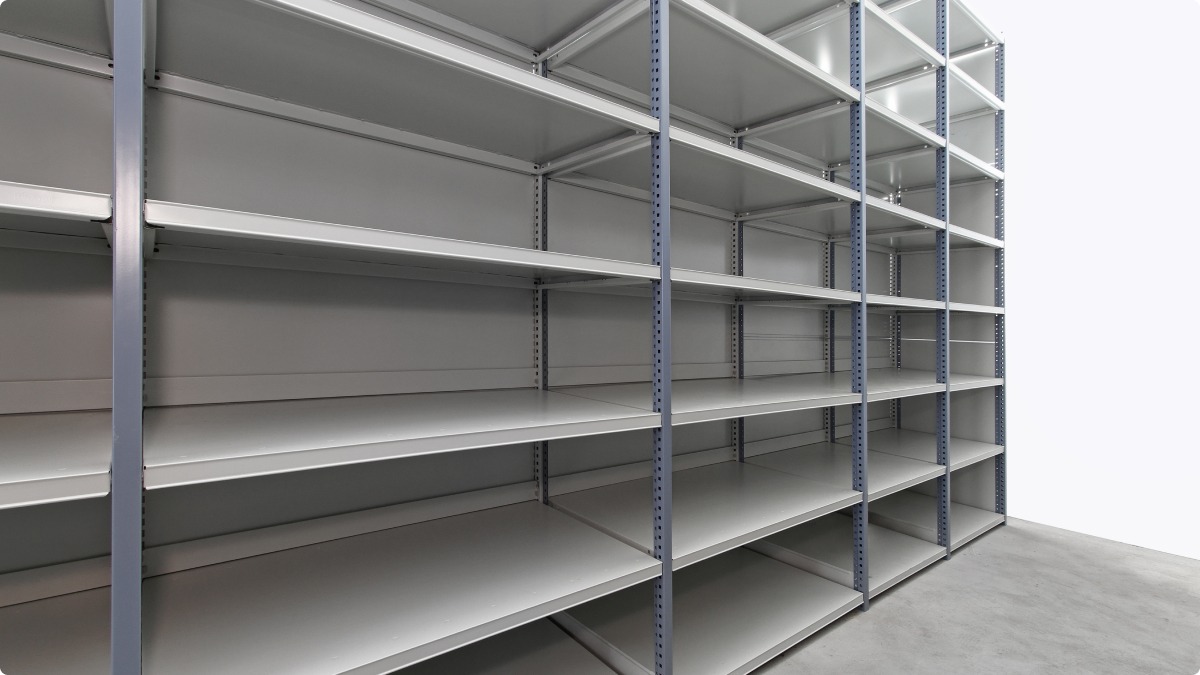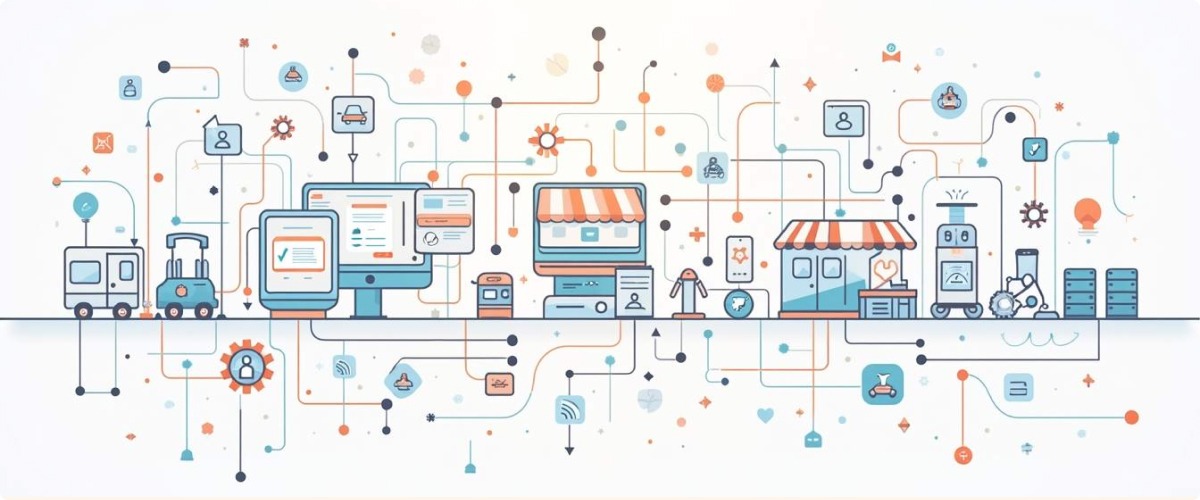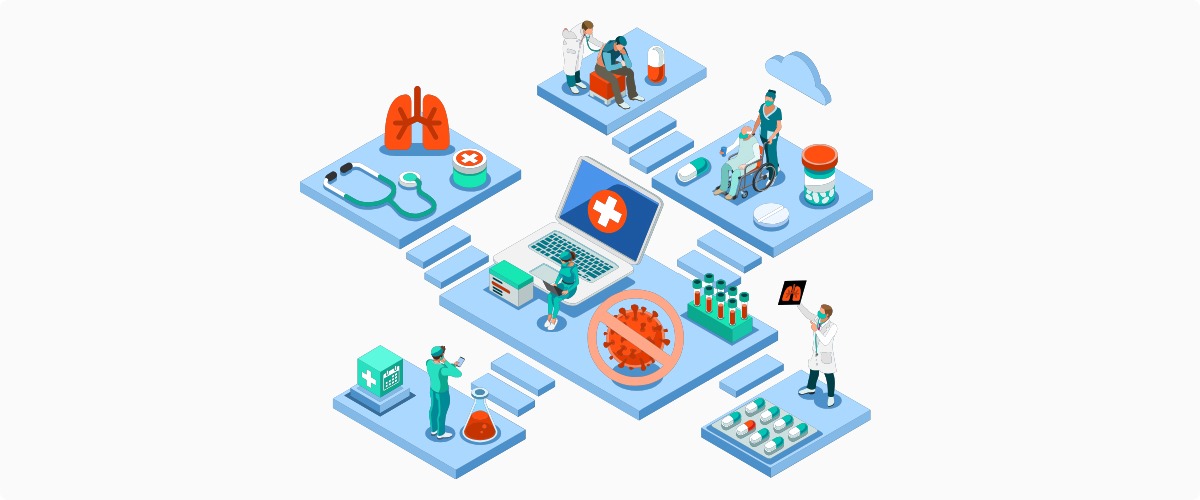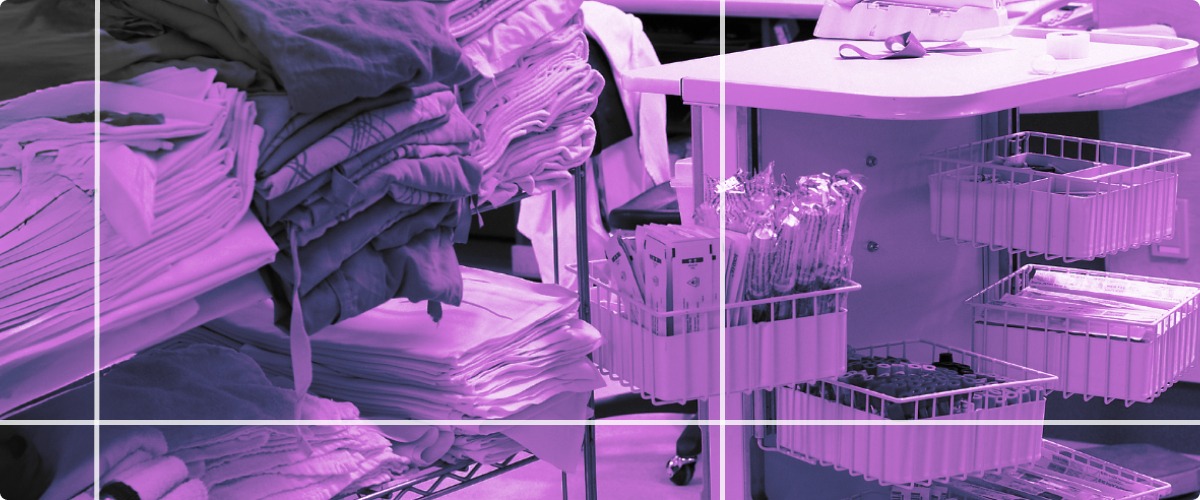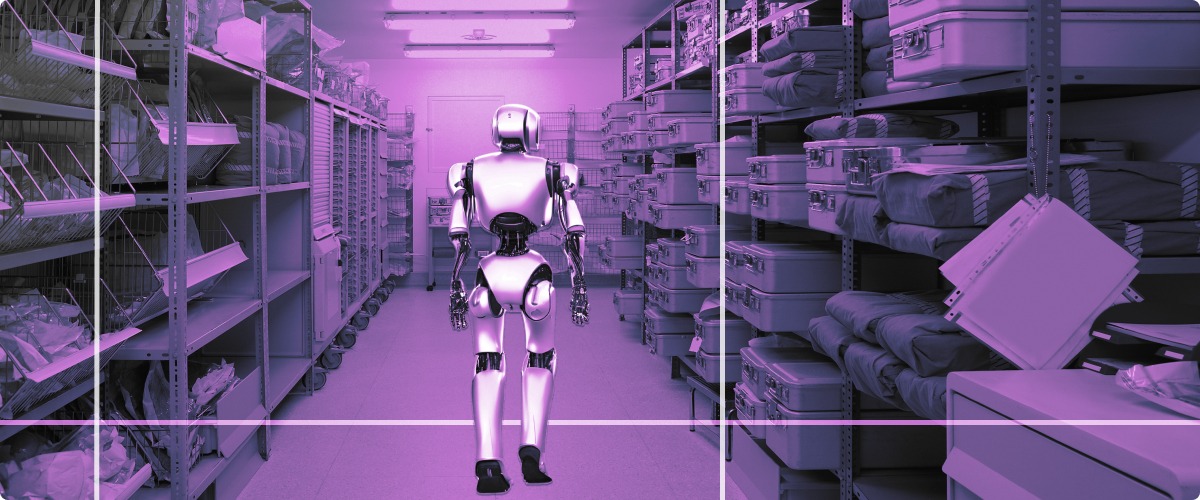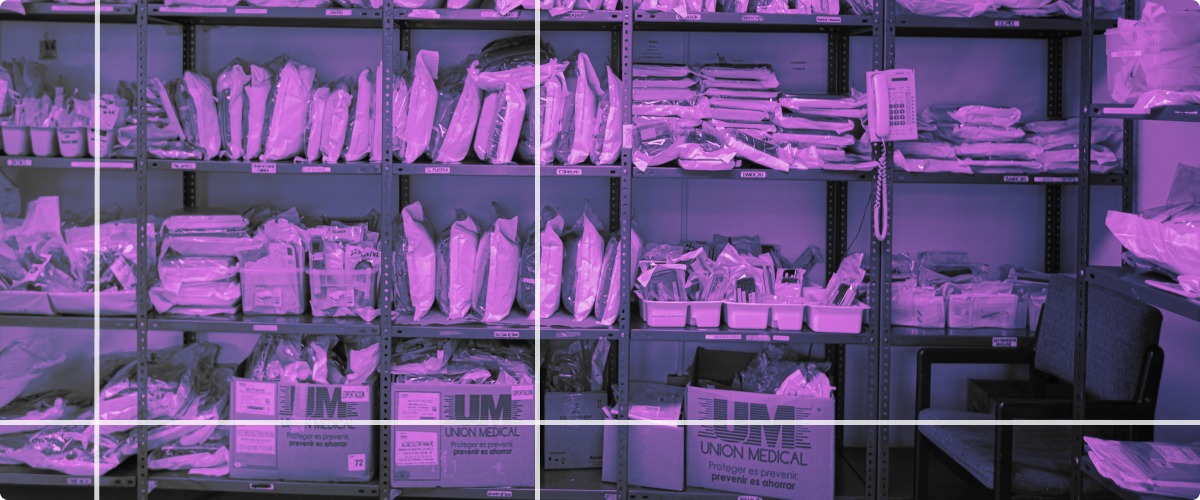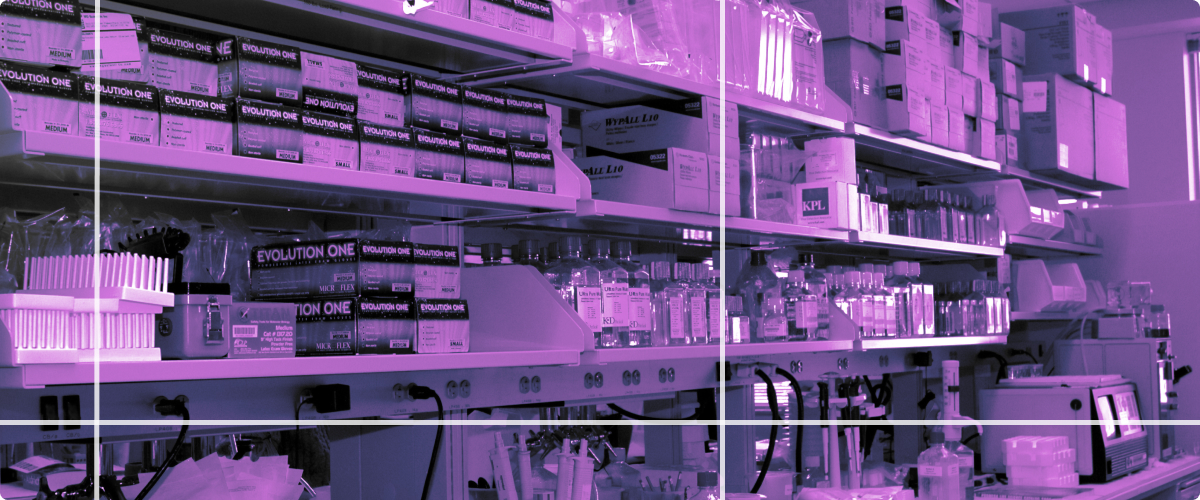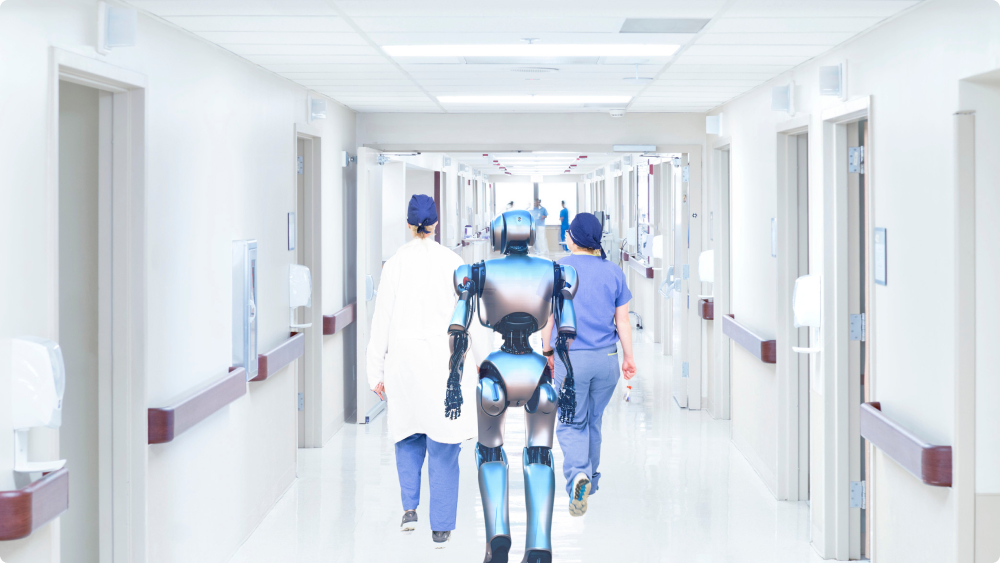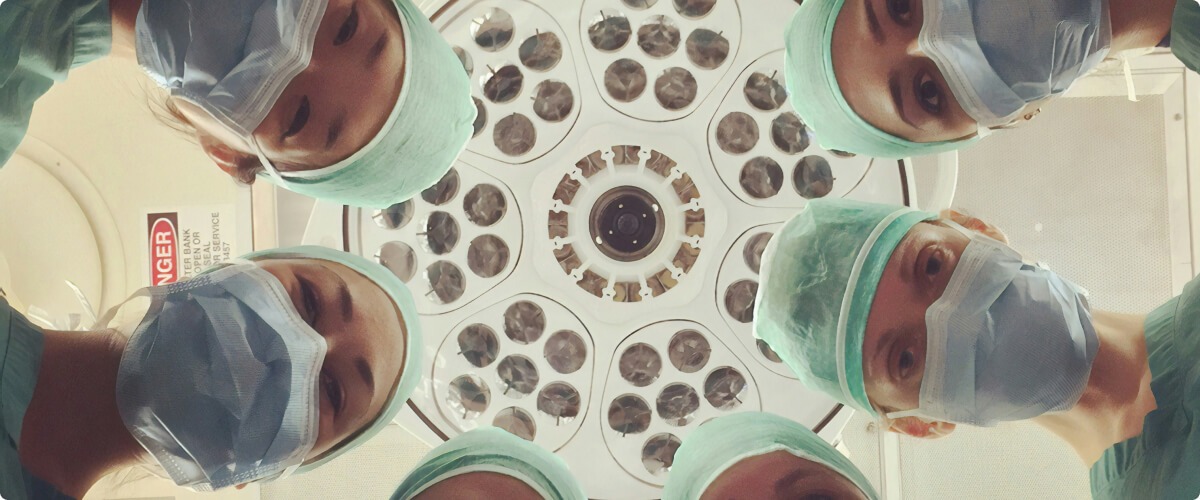Stockouts are more than a supply chain issue. In a hospital, they can delay procedures, frustrate clinicians, and compromise patient care. Yet many health systems still accept stockouts as an inevitable part of operations. They are not.
AI is changing that. For hospitals evaluating how to prevent hospital stockouts, it’s no longer about manual reordering or playing catch-up. By combining real-time visibility, predictive analytics, and autonomous reordering, hospitals are driving supply outages close to zero. The result is not just stronger inventory performance, it’s more reliable care.
Why Hospital Stockouts Happen
Even well-run hospitals struggle with stockouts. Managing thousands of SKUs across different departments leaves room for gaps.
Legacy systems often rely on:
- Manual checks and barcode scans
- Fixed reorder points that ignore usage patterns
- Clinicians reporting shortages after the fact
These methods are slow, reactive, and depend heavily on human intervention. By the time anyone notices, the item is already out of stock. Hospitals exploring how to prevent hospital stockouts need a fresh approach to inventory visibility.
The Hidden Cost of Running Out
Stockouts interrupt more than supply routines. They delay treatment, force substitutions, and in critical areas like the OR or ICU, they introduce risk.
They also drain money. Emergency shipments and premium freight drive up costs. Staff are often pulled into overtime to handle last-minute restocking. And to compensate for the uncertainty, hospitals tend to over order, which leads to more waste down the line.
Worse, stockouts undermine trust. Clinicians lose confidence in supply availability. Operations teams get stuck in reaction mode. It becomes a cycle of stress and inefficiency.
AI Shifts the Model From Reactive to Predictive
AI systems monitor supply levels continuously using real-time data — often from cameras, sensors, or existing inventory feeds. When an item drops below a dynamic threshold, an alert triggers or a reorder starts automatically.
This shift allows hospitals to prevent stockouts before they happen, respond to demand surges without scrambling, and remove the need for emergency reordering altogether. It is not just automation. It is anticipation. And it signals a new chapter in how AI is redefining hospital inventory management.
In the operating room, where seconds matter, AI ensures trays stay complete. In the ICU, where supply needs shift fast, automated restocking keeps things stable without burdening the staff.
From 15% to Zero: Proven Performance
Industry averages place stockout rates in hospitals between 10-15%. But with AI-powered systems, those numbers are no longer the norm. High-performing deployments have shown zero stockout rates in critical care units, greater than 99% tracking accuracy without manual scans, and forecasting accuracy improvements between 25-30%.
These results are possible because automated tools monitor real-world usage, identify patterns across departments, and trigger action long before supplies run out. For hospitals exploring an AI-powered inventory automation, this level of reliability is already achievable.
What Stockout Prevention Means for KPIs
Eliminating stockouts directly improves operational KPIs that hospital executives care about:
- Patient throughput: No supply delays during procedures or care transitions
- Clinician satisfaction: Fewer interruptions and less time spent tracking down items
- Labor efficiency: Reduced overtime and manual restocking
- Inventory turnover: More accurate demand matching prevents excess ordering
These results translate into measurable ROI, not just cost savings but better outcomes and smoother operations.
Integration Into Existing Systems
AI-powered inventory platforms are built to work with the systems hospitals already depend on. Rather than requiring a major infrastructure overhaul, the right solutions connect directly to existing ERP, EHR, and supply chain software.
These platforms take in real-time inventory data, trigger supply chain actions automatically, and update internal systems like SAP, Oracle, or Workday. The result is a seamless layer of automation that enhances decision-making without adding complexity or disrupting workflows.
This allows hospitals to modernize without disruption, layering AI automation onto what they already use today.
Better Supply Chain. Better Care.
Reducing stockouts doesn’t just streamline logistics. It restores confidence. Clinicians stop wondering if supplies will be there. Patients receive care without disruption. Supply teams spend less time firefighting and more time optimizing.
Autonomous inventory systems don’t just catch issues, they prevent them. An automated hospital supply reordering system enables continuous tracking and replenishment with minimal human oversight. And in a system already stretched thin, that prevention is everything.
Explore how Chooch’s AI-driven healthcare inventory management platform is helping hospitals eliminate stockouts and improve operational readiness.
Ready to get ahead of stockouts? Schedule a consultation with our team today.

